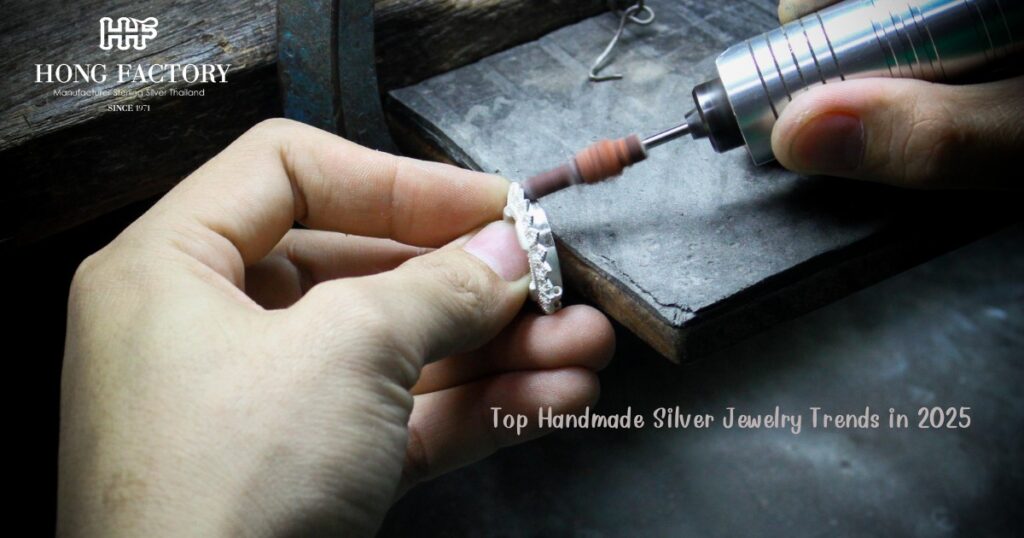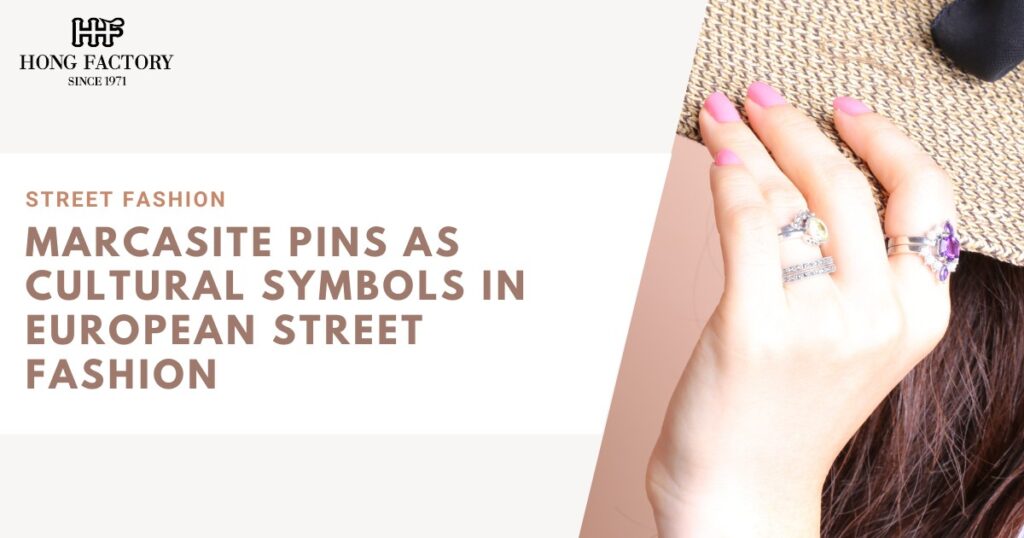
Silver Rings vs Silver Rounds: Regional Material Preferences Unpacked
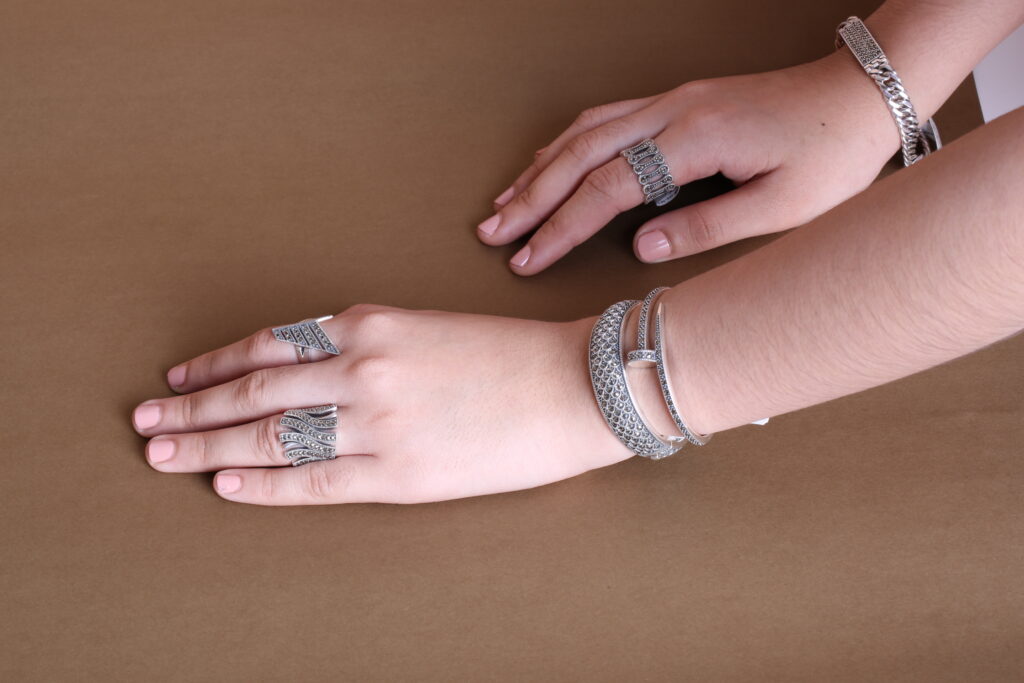
Silver has long been valued across the globe for its beauty, versatility, and investment potential. However, how silver is used and appreciated differs greatly depending on context and culture. Among the most significant distinctions is the consumer preference between silver rings typically used for personal adornment and silver rounds, which are flat, coin-like bullion pieces valued for their metal content.
This article unpacks the regional dynamics behind the demand for silver rings and silver rounds, helping jewelry businesses, wholesalers, and investors understand how cultural, economic, and market forces shape silver preferences worldwide.
What Are Silver Rings and Silver Rounds?
- Silver Rings: Crafted jewelry items worn for fashion, symbolism, or cultural significance. Often made from sterling silver (92.5% purity) and used in fashion, engagement, ceremonial, and casual settings.
- Silver Rounds: Uncirculated bullion coins usually made of .999 fine silver. Primarily purchased for investment purposes or gifting, they are not legal tender but are often favored by stackers and collectors.
Though both originate from the same material, their uses, perceptions, and regional popularity differ greatly.
North America: Silver as Investment and Fashion
- United States:
- Strong market for silver rounds driven by investment communities and preppers.
- Silver rings are also popular, especially among fashion-forward youth and in the alternative lifestyle scene (e.g., boho, goth, biker cultures).
- Customization and Native American designs increase silver ring demand.
- Canada:
- Silver rounds enjoy demand as secure, tangible assets.
- Silver jewelry, particularly minimalist designs, appeals to eco-conscious and artisan-supporting buyers.
Europe: Cultural Significance and Design Sophistication
- Germany & Austria:
- Conservative bullion investors favor silver rounds for long-term savings.
- Marcasite and vintage-style silver rings appeal to older generations and collectors.
- UK & France:
- Silver rings are widely embraced as expressions of individuality and heritage.
- Bullion rounds have moderate traction, with more interest in commemorative silver coins from the Royal Mint.
- Nordics:
- Emphasis on clean design aesthetics boosts silver ring sales.
- Ethical sourcing and recycled silver are strong buying motivators.
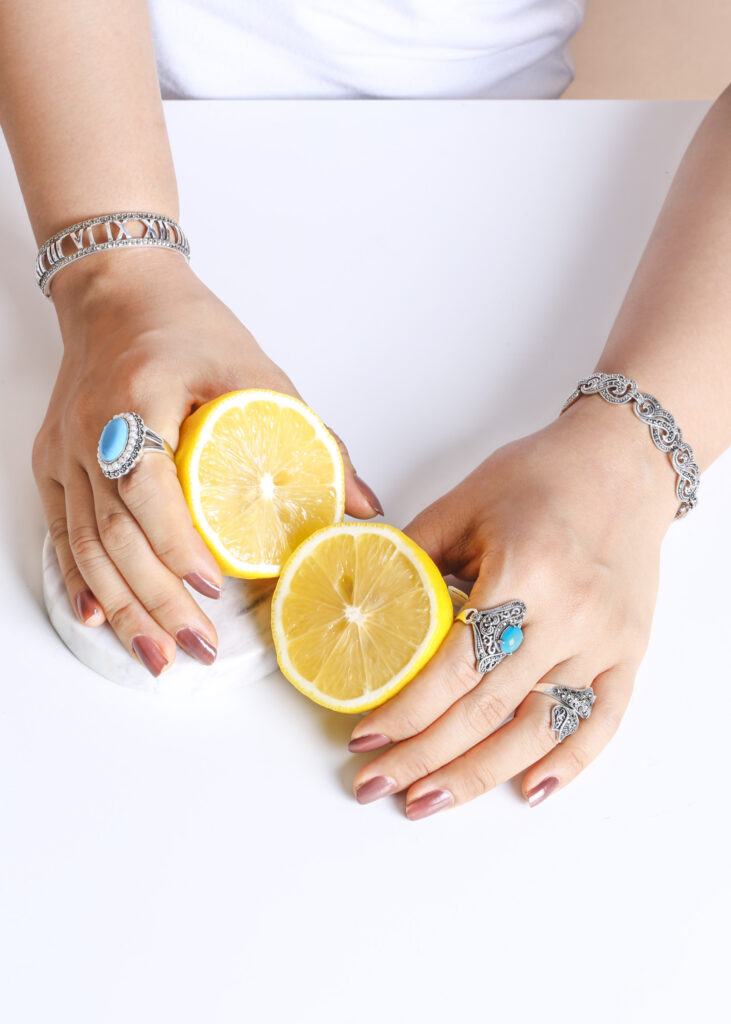
Asia: Status, Symbolism, and Security
- China:
- Silver rounds are popular for gifting, especially during Lunar New Year and weddings.
- Pure silver rings are favored among younger consumers seeking lucky symbols or Zodiac-related designs.
- India:
- While gold dominates, silver rings see seasonal demand during festivals like Raksha Bandhan or as budget bridal accessories.
- Silver rounds are often purchased as religious offerings and safe-haven assets.
- Japan & South Korea:
- Designer silver rings are highly fashionable among youth.
- Silver rounds are niche but growing as a collectible and savings tool.
Middle East: Gifting and Religious Significance
- Silver rings, particularly men’s designs, hold religious and cultural symbolism in countries like Saudi Arabia and Iran.
- Silver rounds are often purchased for gifting or safekeeping wealth discreetly.
- Handcrafted silver items, including rings, appeal to affluent collectors.
Latin America & Africa: Accessibility and Practicality
- Mexico:
- As one of the world’s top silver producers, Mexico has deep cultural ties to silver rings.
- Artisan rings often feature traditional symbols and turquoise inlays.
- Silver rounds are less prominent due to limited investor infrastructure.
- Africa:
- Silver rings are popular in markets where gold is cost-prohibitive.
- Silver rounds are more often imported and used as store-of-value tools in economically volatile areas.
Online vs Offline: Channels That Shape Preference
- Silver Rings:
- Flourish on visual platforms like Instagram, Pinterest, and Etsy.
- Influencer and artisan collaboration drive demand.
- Offline, sold through boutiques, jewelry fairs, and cultural markets.
- Silver Rounds:
- Dominantly sold through online bullion dealers, eBay, and precious metals exchanges.ด
- Offline purchases occur through banks and authorized distributors.
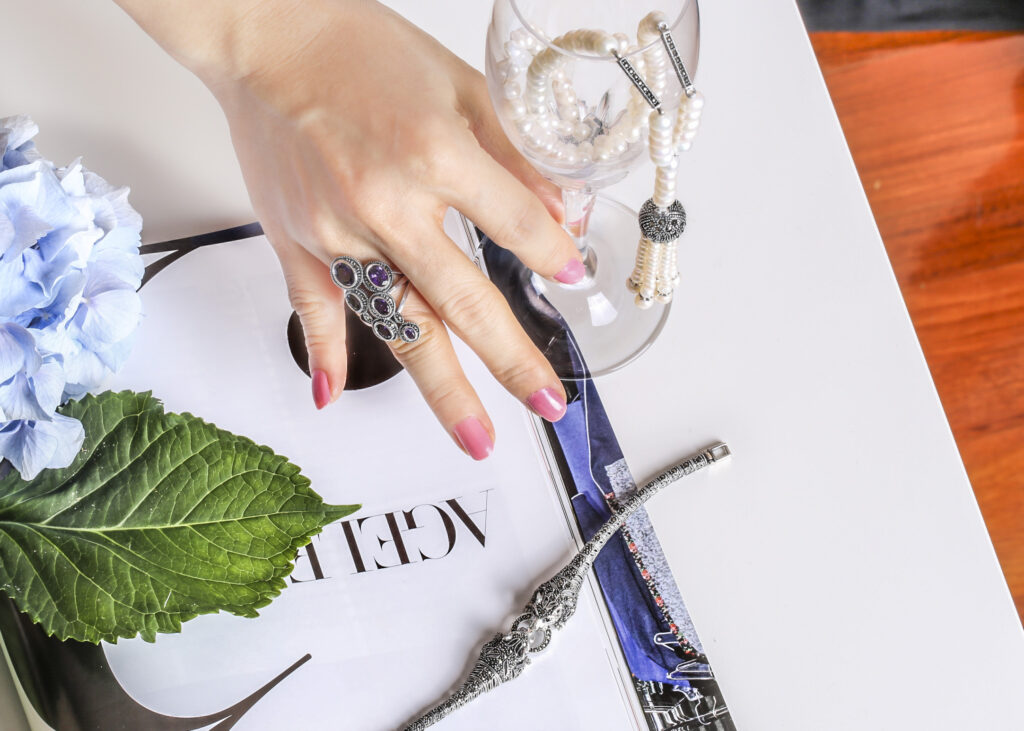
Material Implications for Jewelry Businesses
Understanding these preferences can inform strategic decisions:
- For Jewelers:
- Invest in design localization what sells in Tokyo may not work in Toronto.
- Offer silver ring customization and symbolic designs where appropriate.
- For Bullion Sellers:
- Emphasize educational content in markets new to silver investing.
- Collaborate with cultural festivals or seasonal campaigns to increase visibility.
- For Hybrid Brands:
- Explore dual-purpose designs (e.g., wearable silver coins or pendant-round hybrids).
- Package rings and rounds together for gifting bundles in culturally aligned markets.
Future Outlook: Bridging Purpose and Style
The boundary between fashion and function continues to blur. As consumers seek value, symbolism, and design in their purchases, both silver rings and silver rounds stand to benefit but only when offered in culturally relevant ways.
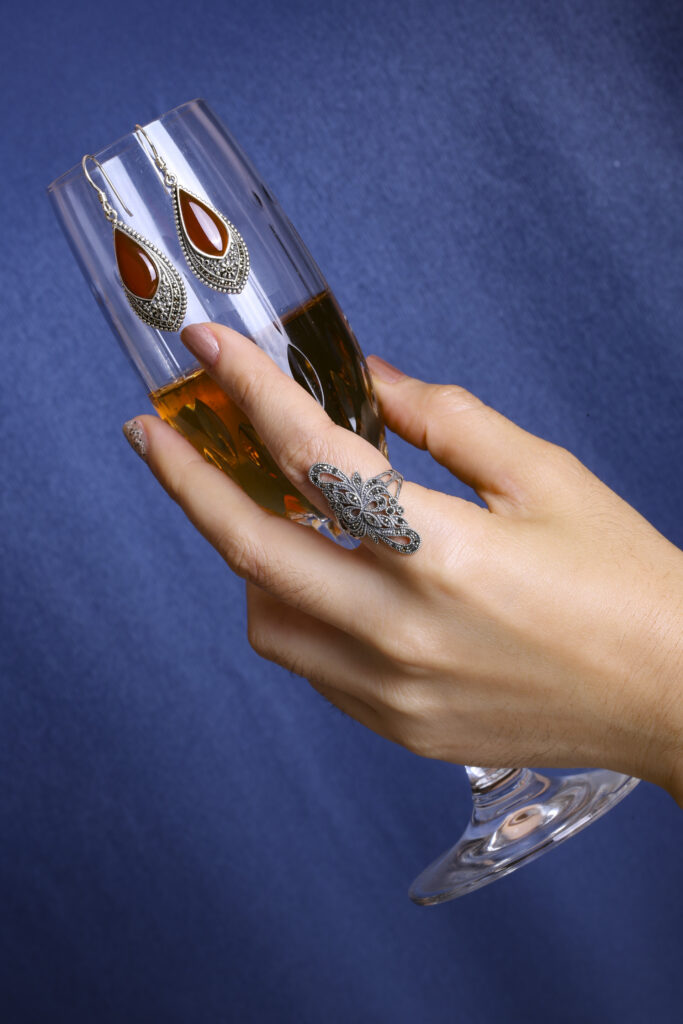
With the rise of sustainable jewelry, personalized gifts, and digital bullion buying, brands that understand the regional nuances between decorative and investment silver will be best positioned for growth.
Whether you’re a jeweler, investor, or retailer, the global silver market is not monolithic. Silver rings and silver rounds serve very different needs but both are shaped by regional tastes, cultural customs, and economic realities. By recognizing these distinctions, businesses can tailor their offerings to meet people where they are both in style and in substance.


